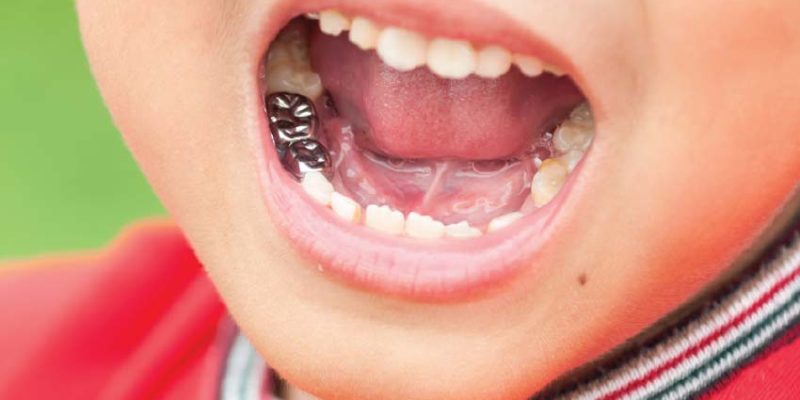Dental care is a lifetime process that begins from childhood throughout the rest of your life. Therefore, it is critical to ensure that your child’s teeth are in good shape. Everyone, including your child, is at the risk of cavities, and in fact, 17 % of children have cavities. If your child is among those affected, you can reach out to pediatric experts such as Santa Clarita pediatric crowns specialists at Skyline Smiles. They can help preserve your child’s natural teeth. Several types of crowns can benefit your child, and despite your provider helping you know the right ones for your child, the following important information can help you.
Stainless Steel Crowns
These are some of the most used crowns, having been around since the late 1940s. They are made through a blend of carbon, iron, chromium, and other metals making them corrosion-resistant, which can otherwise be exacerbated by saliva.
The advantages to these Crowns include:
- Insensitive to moisture
- Fast placement time
- Adaptable to occlusion
- Easy to trim and contour
- Low cost
- Retentive
- Durable
However, the stainless steel crowns have also some drawbacks, including:
- Potential allergenicity
- Poor aesthetics
Polycarbonate Crowns
These are crowns that are formed from polycarbonate or acrylic resin shells and cemented with self-adhesive resin. This type of crown offers aesthetic and tooth-colored restorations at a low cost but is mostly used for temporary restorations. Their durability varies from one person to another depending on the application. They come with a universal shade that can be modified with cement and liners to meet every patients’ particular needs.
The polycarbonate crown’s advantages include improved aesthetics and low cost. However, they are also disadvantageous because they are technique sensitive and require adequate moisture control.
Composite Clearfix Crowns
These are crowns that involve a clear plastic mold and a hardening composite. These materials enable the crowns to provide aesthetic restorations. However, the crowns are susceptible to fracture. The hardening inside the composite strip crown forms should adhere to the dentin and enamel, making their placements sensitive to moisture.
The advantages of composite clearfix crowns include excellent aesthetics and moderate cost. However, these crowns are also technique sensitive, and their durability is low. Also, they require adequate moisture control.
Resin Veneer Crowns
This can be described as stainless steel with resin overlay posterior and anterior use or stainless steel crowns with white facings. They combine the durability of the stainless steel crowns with resin’s aesthetics to improve their functionality. They are also less sensitive to moisture. However, resin veneer crowns require a greater tooth removal structure.
Some notable advantages of using resin veneer crowns are that they are durable, insensitive to moisture, and offer good aesthetics. However, they also have some disadvantages, including higher cost, potential allergenicity, and little trimming or crimping.
Zirconia Ceramic Crowns
These are crowns made from zirconium oxide that have been stabilized with yttrium oxide. That is why the crowns are also referred to as yttria-stabilized zirconia. Some can also contain porcelain, making them extremely strong. Therefore, these crowns are exceptionally durable and provide excellent aesthetics. However, they are typically costly and are limited to contouring. They also have an increased operational time for a replacement.
If you need emergency pediatric appointment rock hill sc for your child, your provider will help determine which of the above crowns are suitable. However, you already have some information that can also help you decide on which type of crowns you would want your child to have.













Comments